The Saree is Here to Stay; Dress and Identity in Jaffna
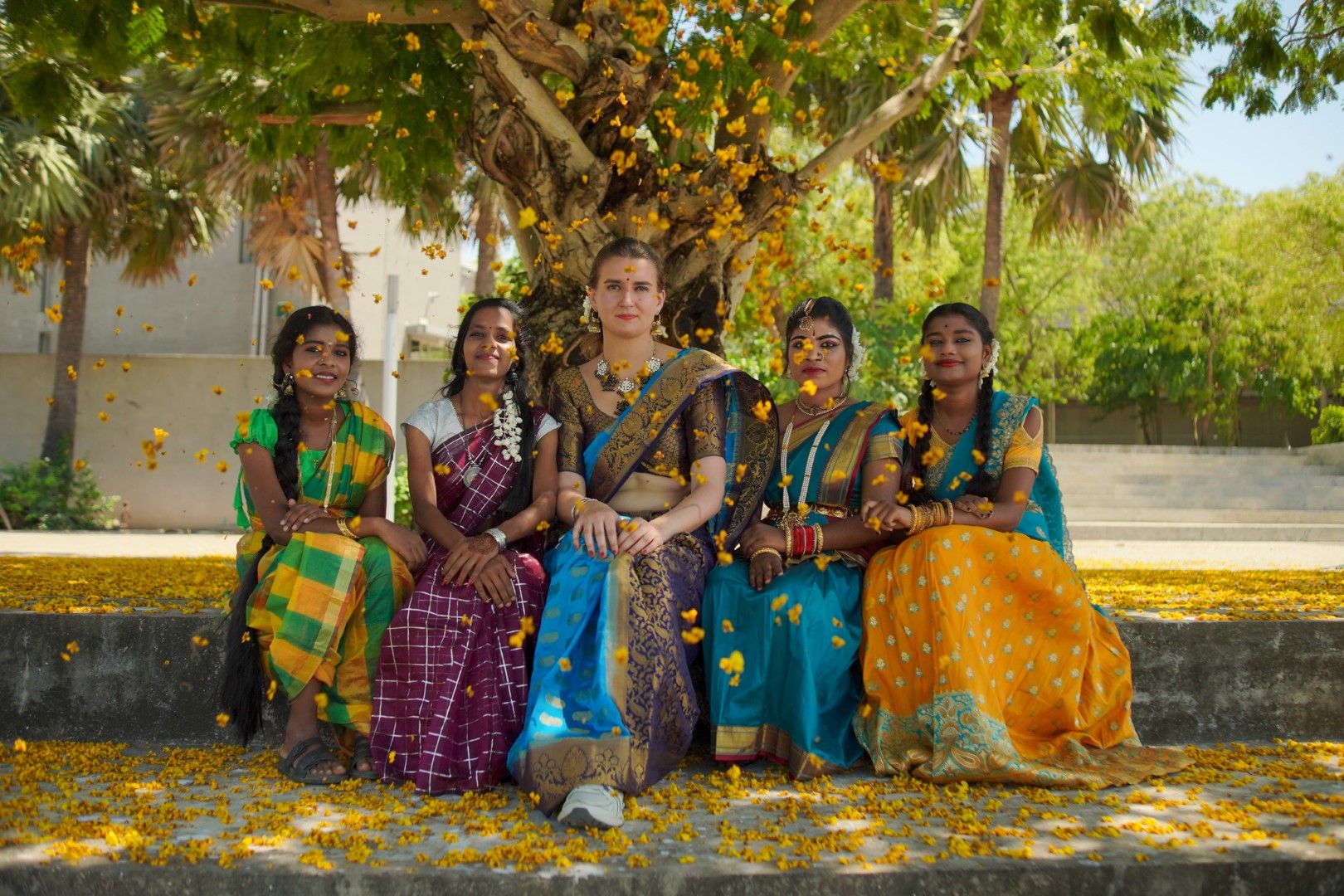
By K.Kirashanthani, Kanis Kanisraj and Fenna Visser
In the city of Jaffna, located on Sri Lanka's northern plains, people prefer wearing traditional dress in larger numbers than anywhere else in the country. Jaffna is the capital of Tamil culture; people here are from South-Indian origin and proud descendants of the old Jaffna Kingdom. Giant golden Hindu temples, kovils, are dotted around the city, and when you walk the streets, you wade in a colourful wave of men, women and children dressed in sarees, skirts and sarongs. We—two local students and one from the Netherlands—went around town and spoke to its people, young and old, about their relationship with clothes, how what they wear is interwoven with their identity and the threads that connect generations. We listened, learned and also found out what it feels like to wear a saree.
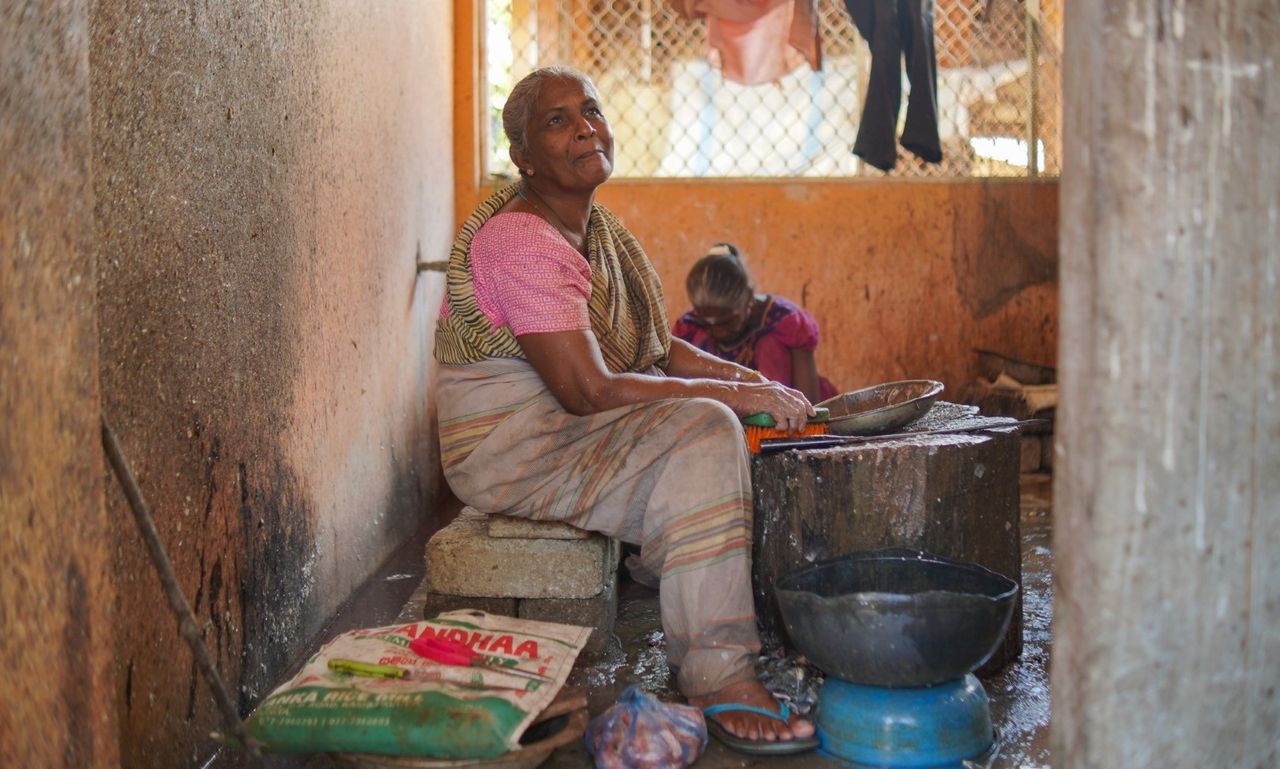
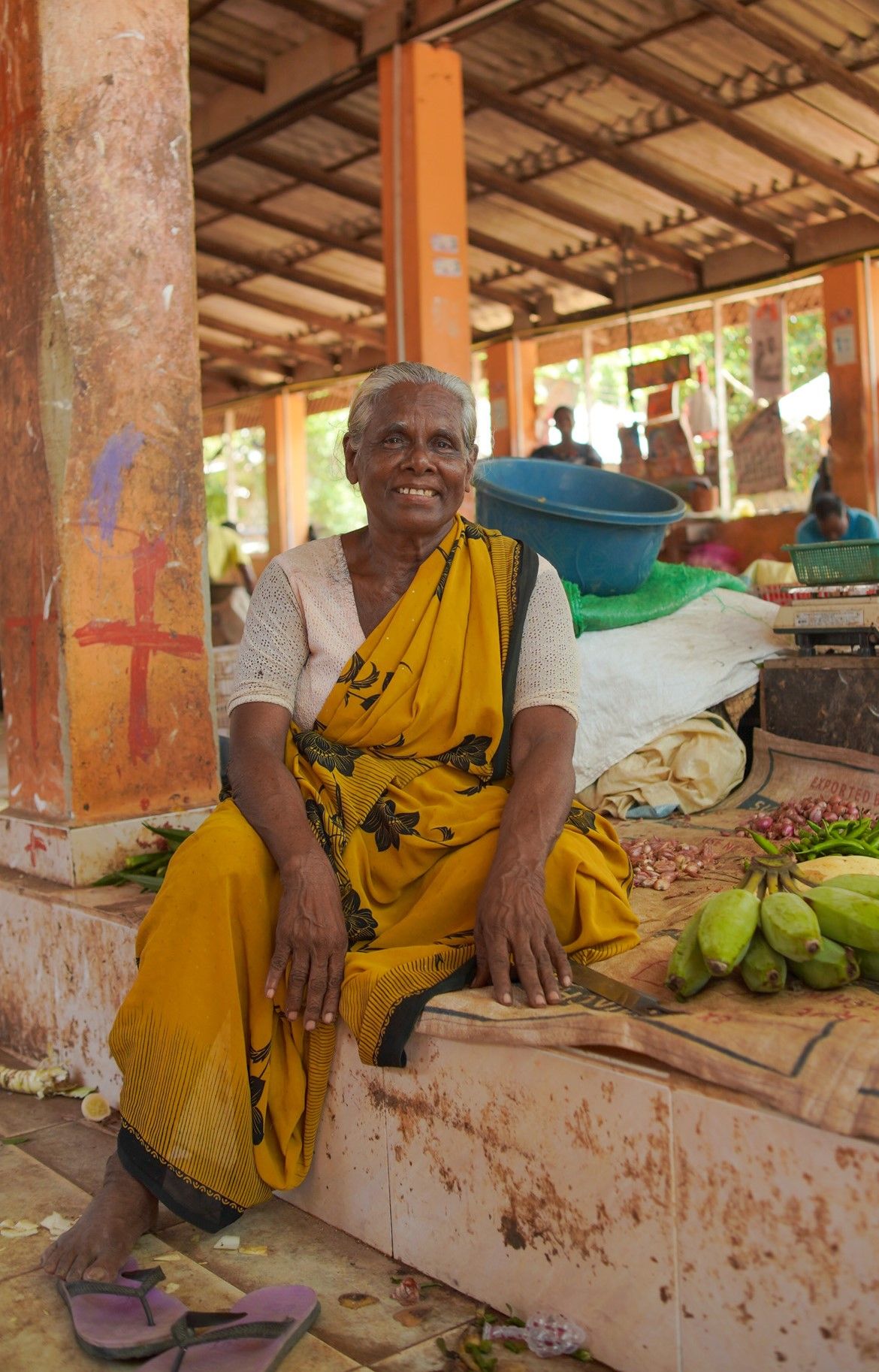
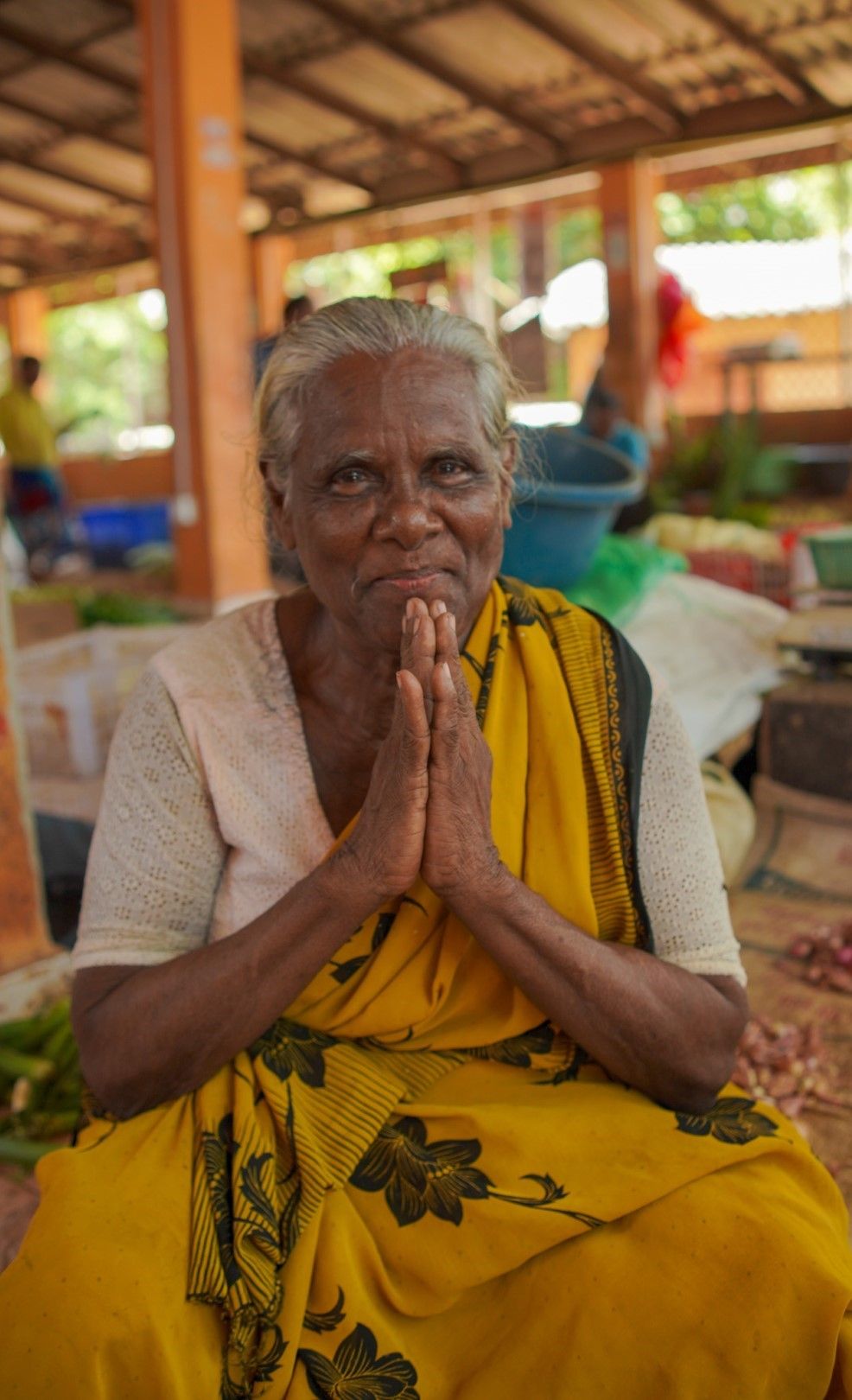

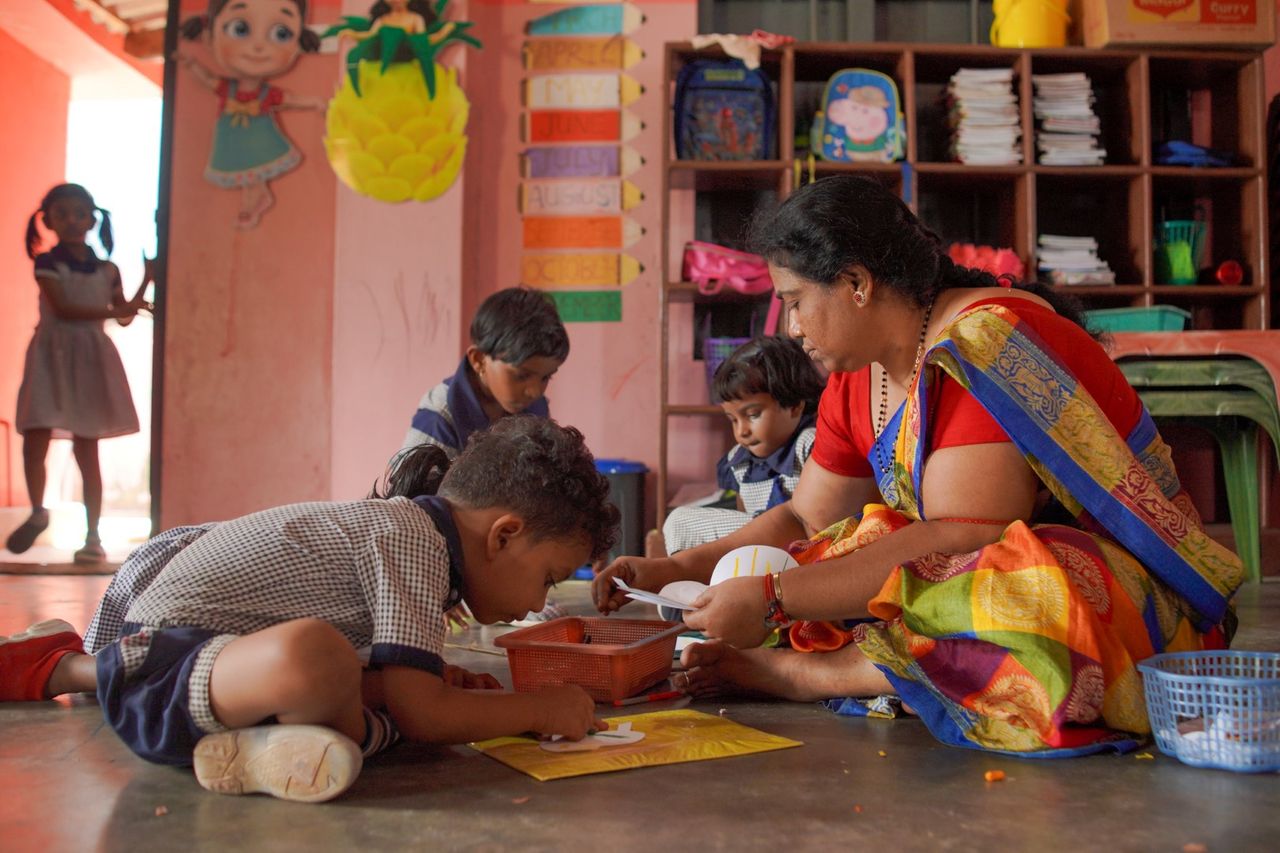
Older women in Jaffna wear sarees every day and everywhere—at home and around town—as these dresses make them feel more connected to their culture and more empowered as women. They even wear sarees in environments where you would least expect them, like at the fish market. "I wear them because they are comfortable for the body and are seen as a safe garment for us to wear," explains Amudhavalli, aged 60, who works in a fish shop in Nawalthurai market. She wears the saree daily, even though she no longer attends special events after her husband passed away. "I don't wear colourful sarees, only white and plain ones. A woman whose husband has died should wear silk sarees and not fancy coloured sarees," she says.
As someone who has seen fashion changes across several decades, she believes that, based on this region, the saree is still the preferred dress for women. "They even do business in sarees because it is a symbol of women in Jaffna culture," she adds.
Saris are comfortable for the body and it is seen as a safe garment for us to wear.
For younger women, unless they wear a saree for work every day, traditional clothes are a costume for special occasions such as convocations or weddings, not something you casually wear at home. With the cost of sarees varying, from the cheapest starting at 1000 rupees to the most expensive being 90.000, it is not unfair to note that they also signify caste and social class in addition to ethnicity. "Wearing a saree is part of our culture, and it makes us look beautiful," says Junita, an active member of the local women's community club.
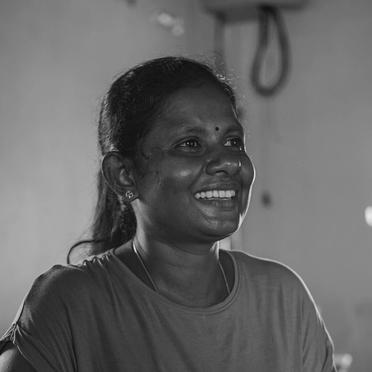
Janita says to wear a white and blue saree to church and different coloured sarees for special events. She has noticed that more Tamil people are starting to wear sarees, regardless of whether they are Hindu or Christian. "This custom will not leave Jaffna. I used to live in Batticaloa, where the custom of wearing a saree was less common. After coming here, I started to wear a saree following the local custom," she adds.
A bit of background
Comprising six yards of material and a cultural fabric that holds infinite stories, the saree originated in the Indian subcontinent. In Sri Lanka, sarees are worn in two main styles; the difference is how they are draped and styled. The Osariya is the Kandyan version, which is mainly sported by women from the hill country. The Indian version is worn by everyone else, including the people of Jaffna. It is worn with a jacket, a clothing item that looks like a crop top, with either long or short sleeves, backless or with a design. Some would argue that the Osariya is the "true Sri Lankan-style Saree" and not the Indian one.
What men wear depends on their schedule: professional occasions call for pants, but if their plans are strictly personal, they may wear a sarong. Kids are mostly clad in modern dresses adorned with prints, T-shirts, and jeans.


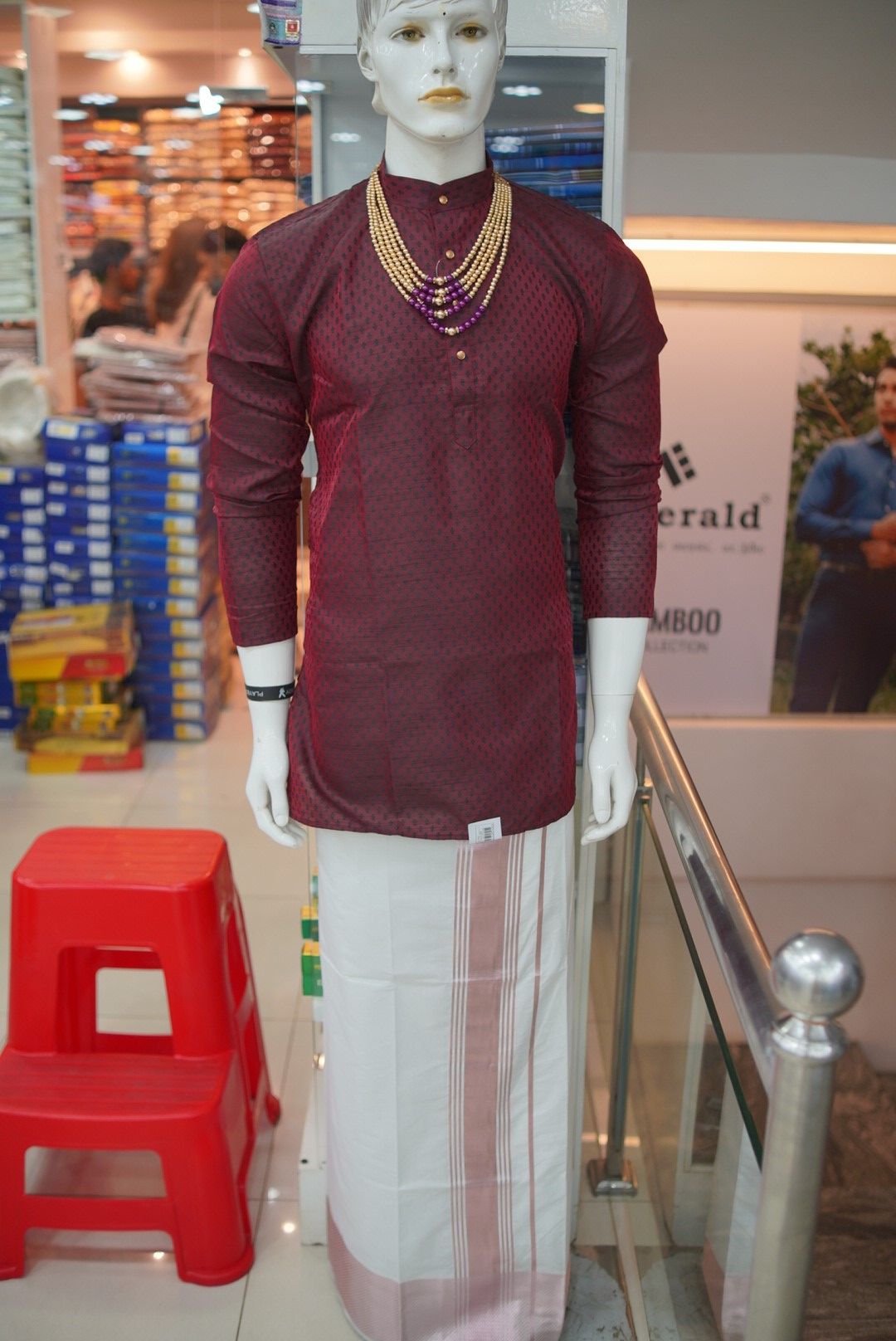
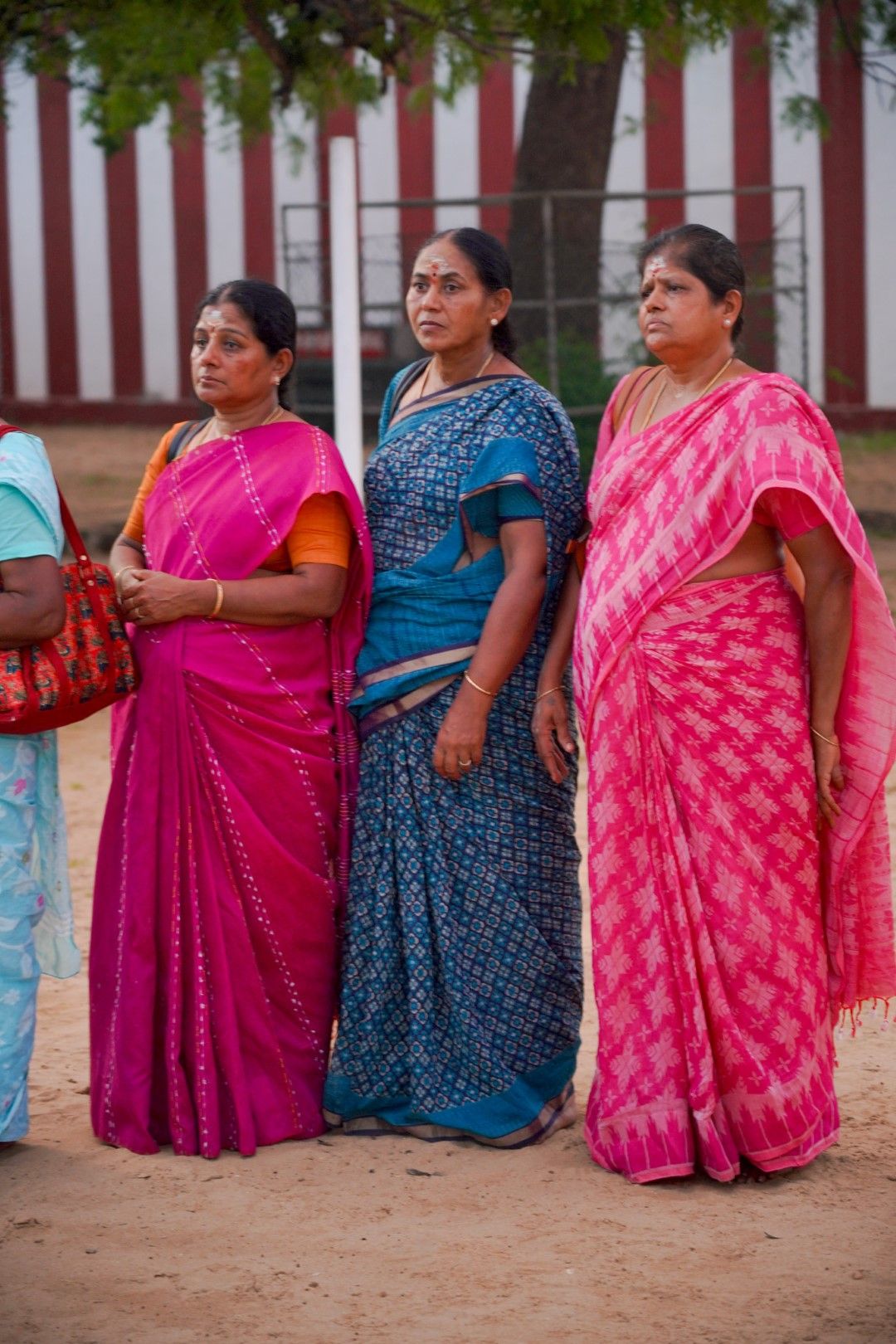
Sarees are here to stay
I love sarees, and I feel very beautiful when I wear them.

Darshika (29), who works in a jewellery store, likes to wear sarees because they reflect her culture and identity and help her express herself as a woman. "I love sarees, and I feel very beautiful when I wear them." Darshika prefers wearing cotton and silk sarees in her favourite colours: yellow, dark blue and red. She wears her sarees to the temple and special occasions. "Even though some other clothes or garments are more suitable to our climate, it is still common to see women wearing the saree," she explains.
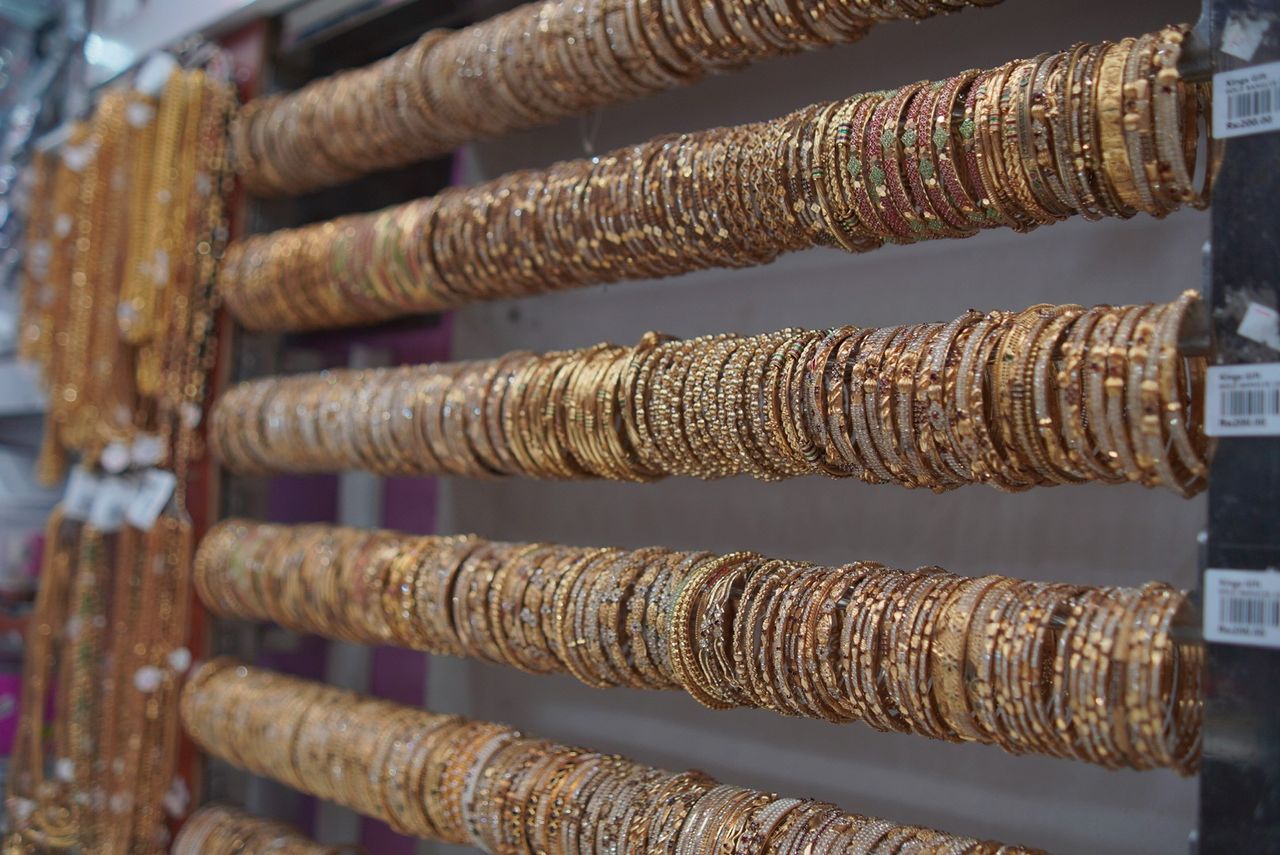
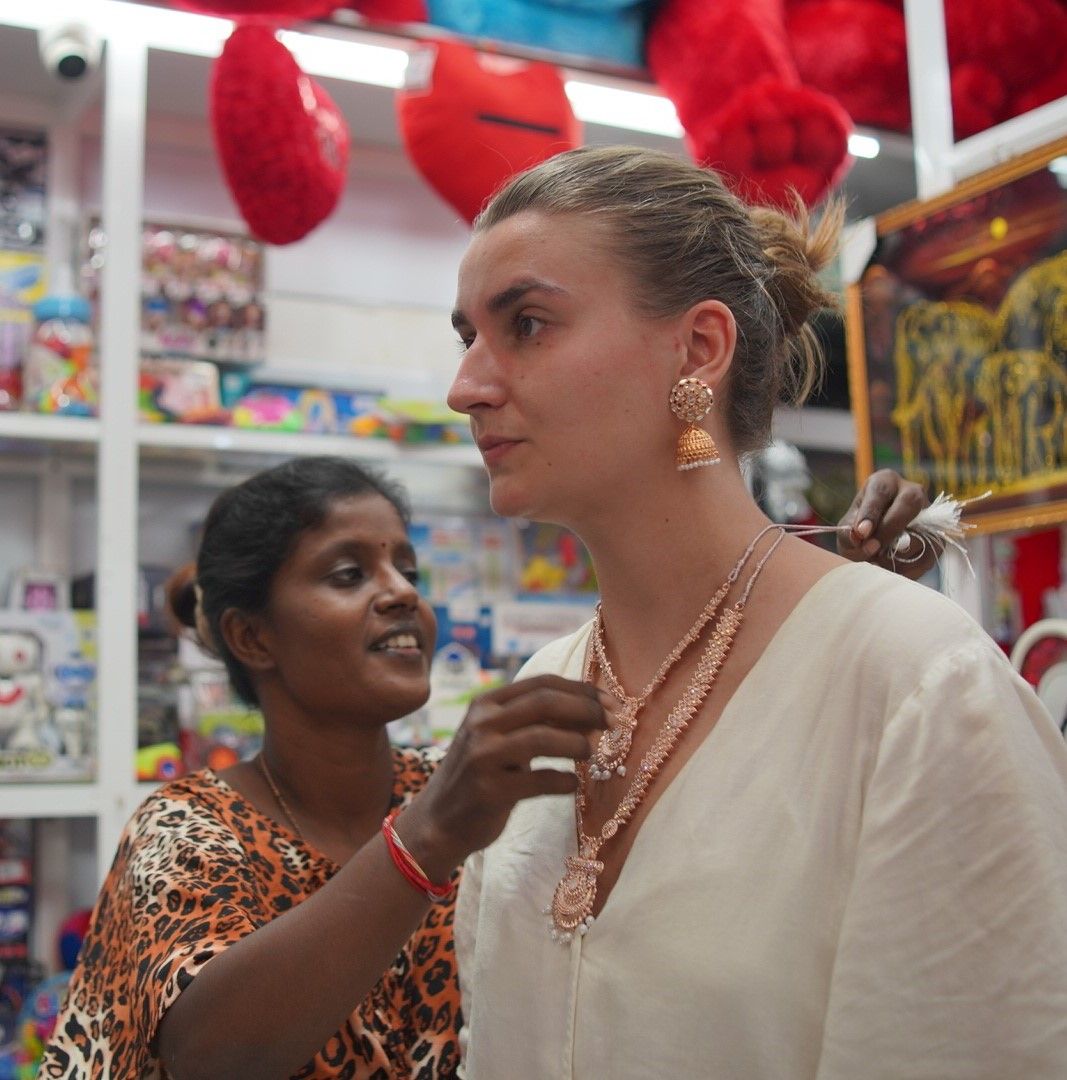

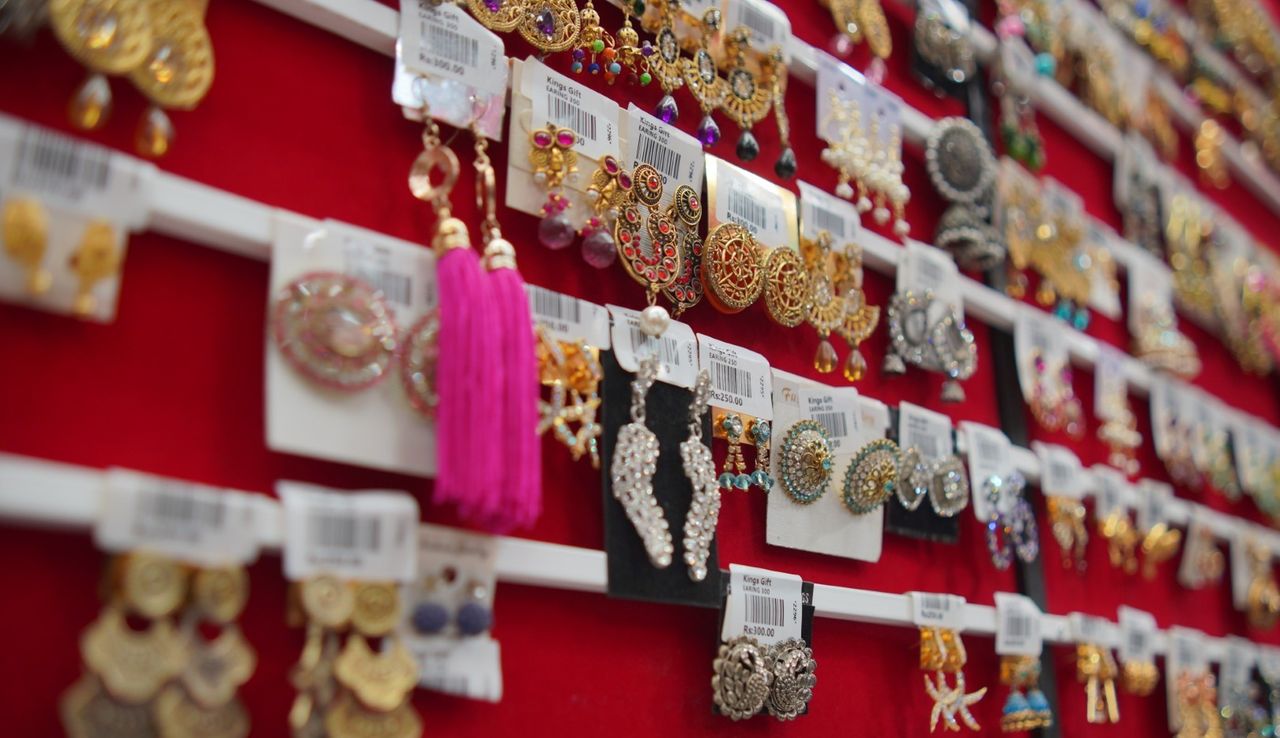
Preserving heritage through attire
Sivakaran (40) runs Japno-Tex, a clothing store in Jaffna. He says that sarees are the most sold garment in his store. He tells us that silk sarees are local favourites, especially in red, yellow, maroon and orange. "I've been in this trade for ten years. In my view, nowadays in Jaffna, more people love sarees."
Mahendran (62), another merchant, says his store has a separate, much larger section for sarees. "Silk is the most common type of saree to sell. Day-to-day silk sarees start from 1500 rupees with the fancier ones starting from 10,000 LKR to 2 lakhs," he says.


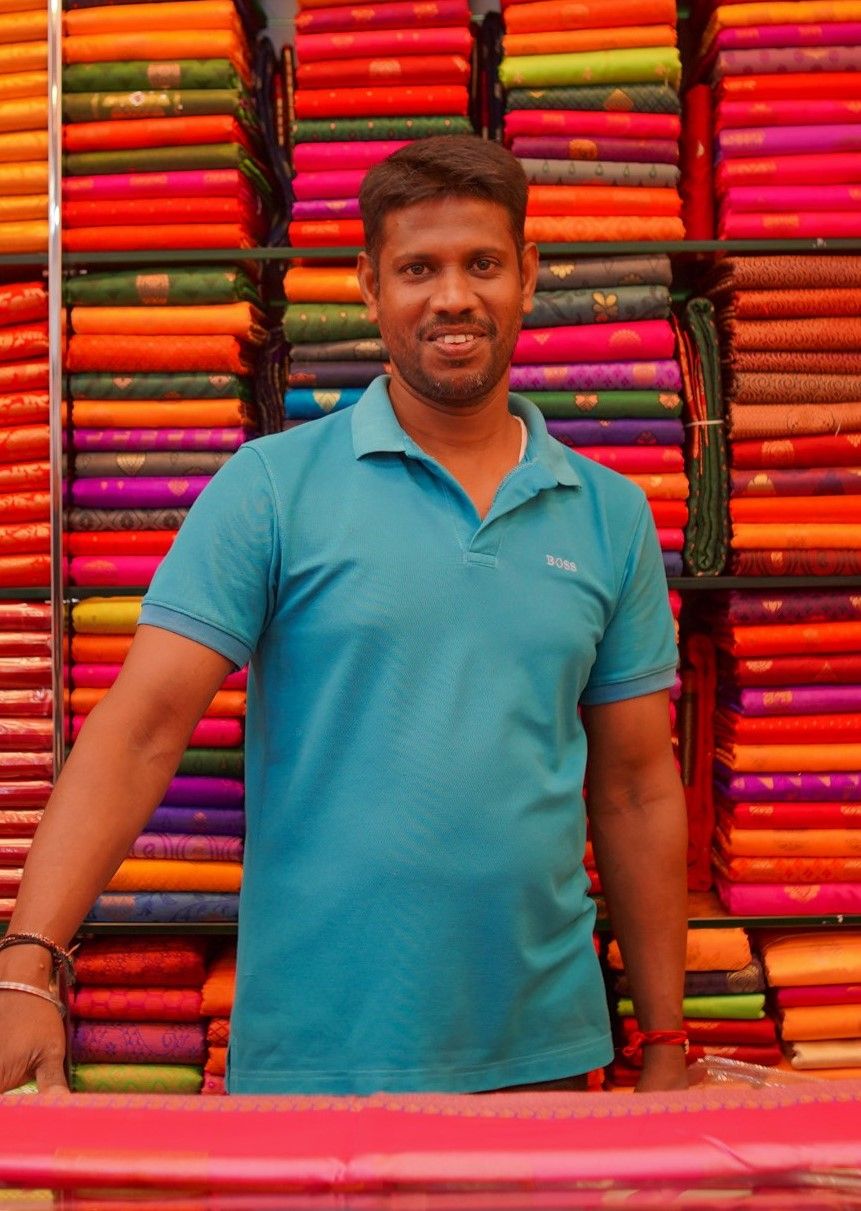

As a businessman, I also feel it is my duty, to my culture and to our generation, to preserve traditional dress now and carry it on into the future.
"The saree is a beautiful dress for women. It makes them stand out. They start wearing them at age 15 and still wear them at 70. Even with modern fashion styles influencing the media, our young women prefer it. They are asking for more sarees in stores. I am very happy that the traditional dress still appeals to women," he says. "In my home, there are more than 10 women who all love wearing sarees. As a businessman, I also feel like I have a duty to my culture and our generation to preserve traditional dress now and carry it on to the future. While there are many ways to preserve our heritage, it is best to start with clothes that protect our dignity. It is our prime duty that all the people of Jaffna should encourage the women in their homes to continue this tradition," he adds.
A Dutch girl draped in a saree
"When my Sri Lankan friends told me that they would like to dress me in their traditional clothing, I hesitated," says Fenna, who is from the Netherlands. "When we started our research, I sat with my thoughts and attitudes about traditional clothing. Back in Europe, where I live, there is a lot of talk about 'cultural appropriation', when someone from one culture adopts or uses elements of another culture without understanding or respecting its significance or even wears something as a form of ridicule. It can result in them benefiting from these elements or stereotyping a culture. So, would it be offensive for me to wear a saree? Would it seem like I was trying to be part of something I am not? The more I spoke to my local friends and everyone we met on the streets of Jaffna, I realised that they actually wanted me to try to wear a saree and share their culture with me. It would not be offensive, but rather the polar opposite.
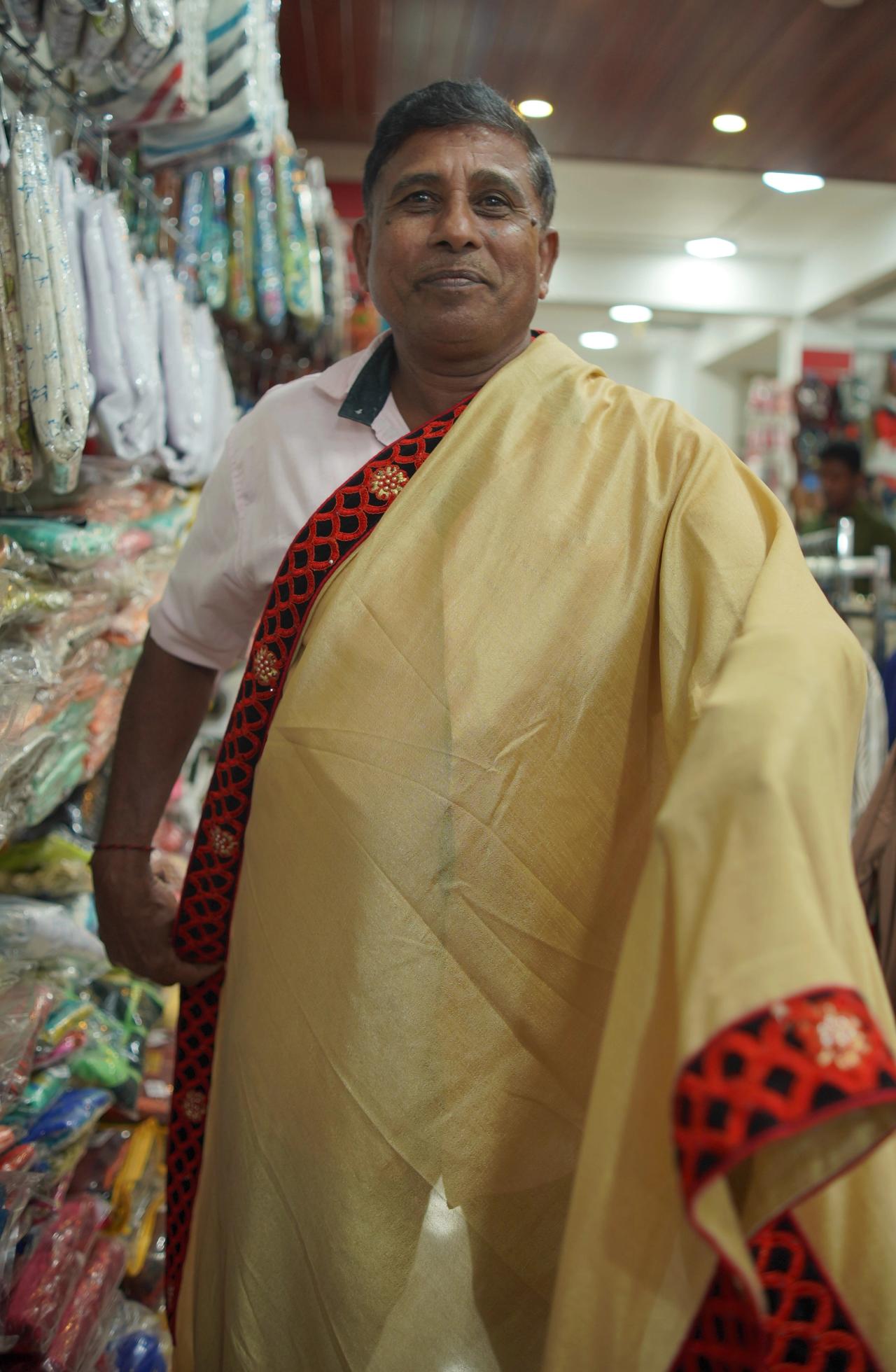


They felt that I was celebrating their culture with them and showing appreciation.
We then arranged for a saree and matching jewellery that we felt would match my tall Dutch body. When my friends were draping the fabric around me, I still felt slightly uncomfortable wearing a traditional dress from a culture that is not mine. But their happiness and excitement to dress me up and the girlish fun of getting ready together soon washed all of that away. Wearing the saree in public, at the iDiscover exhibition, I noticed people observing me; some even shot me an endearing look. They came up to me with big smiles, telling me how beautiful I looked. "Because you wear the saree, I feel like the distance between you and me is smaller," said a woman who approached me. This sentiment stayed with me. At the end of the day, this experience showed me the beauty of learning about each other and putting in effort to get to know new cultures.
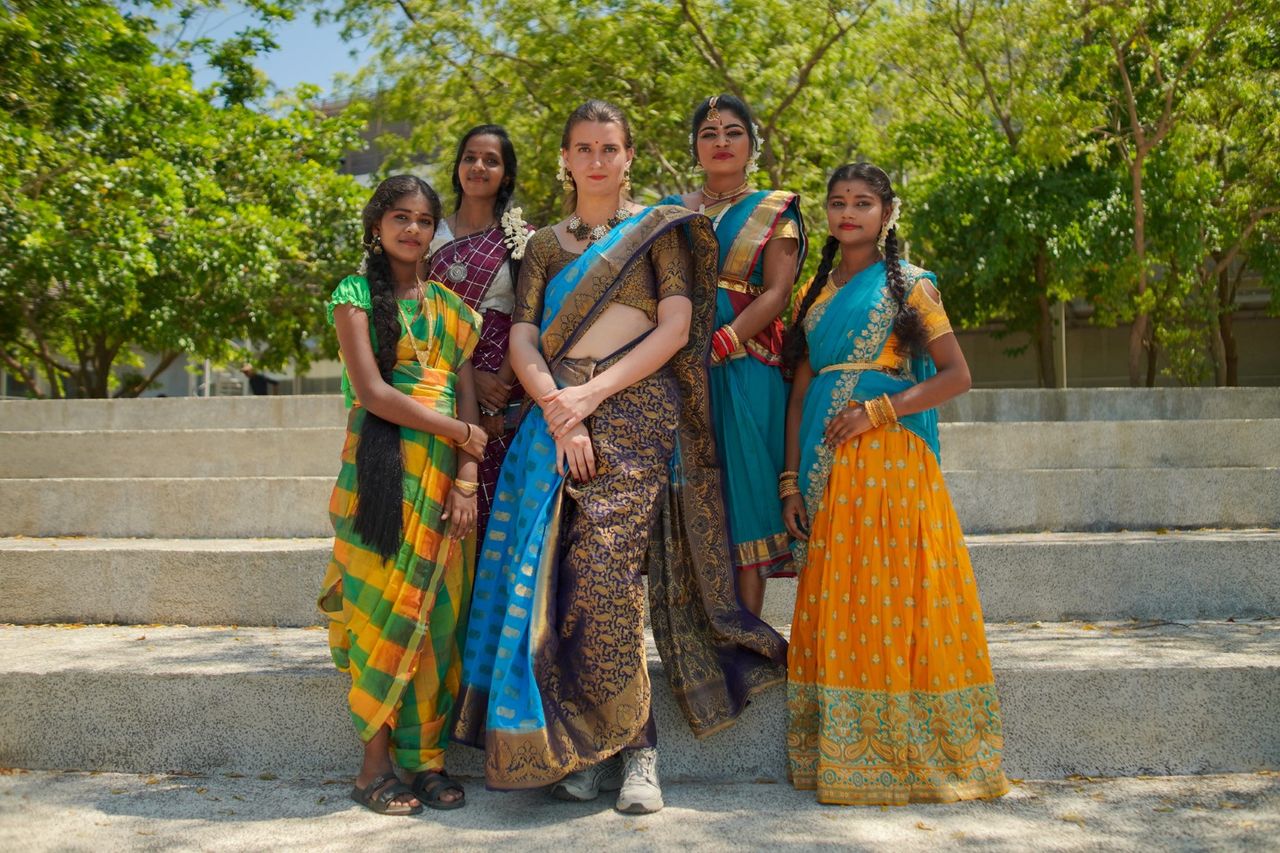
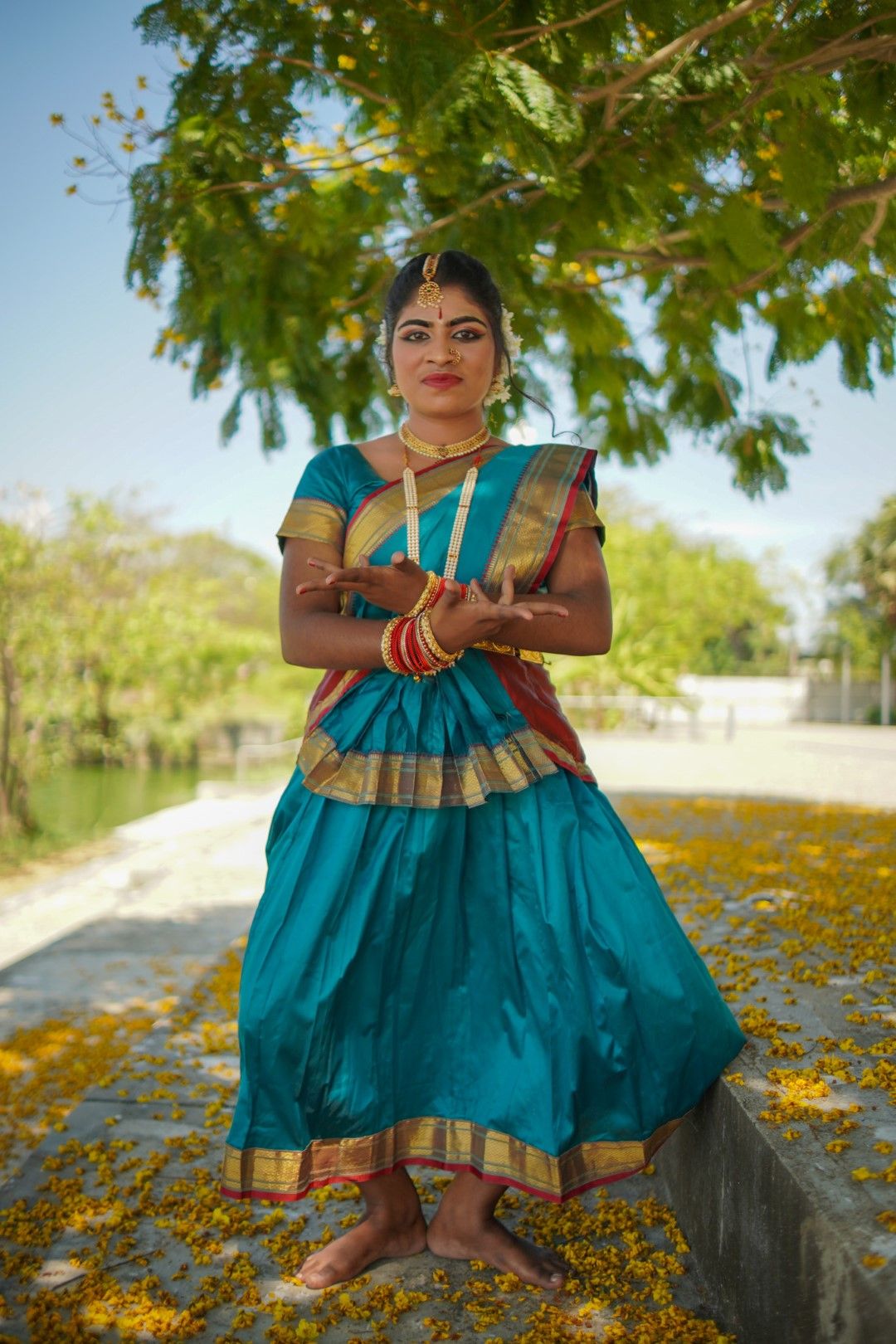
Because you wear the saree, I feel like the distance between you and me is smaller.
About the authors
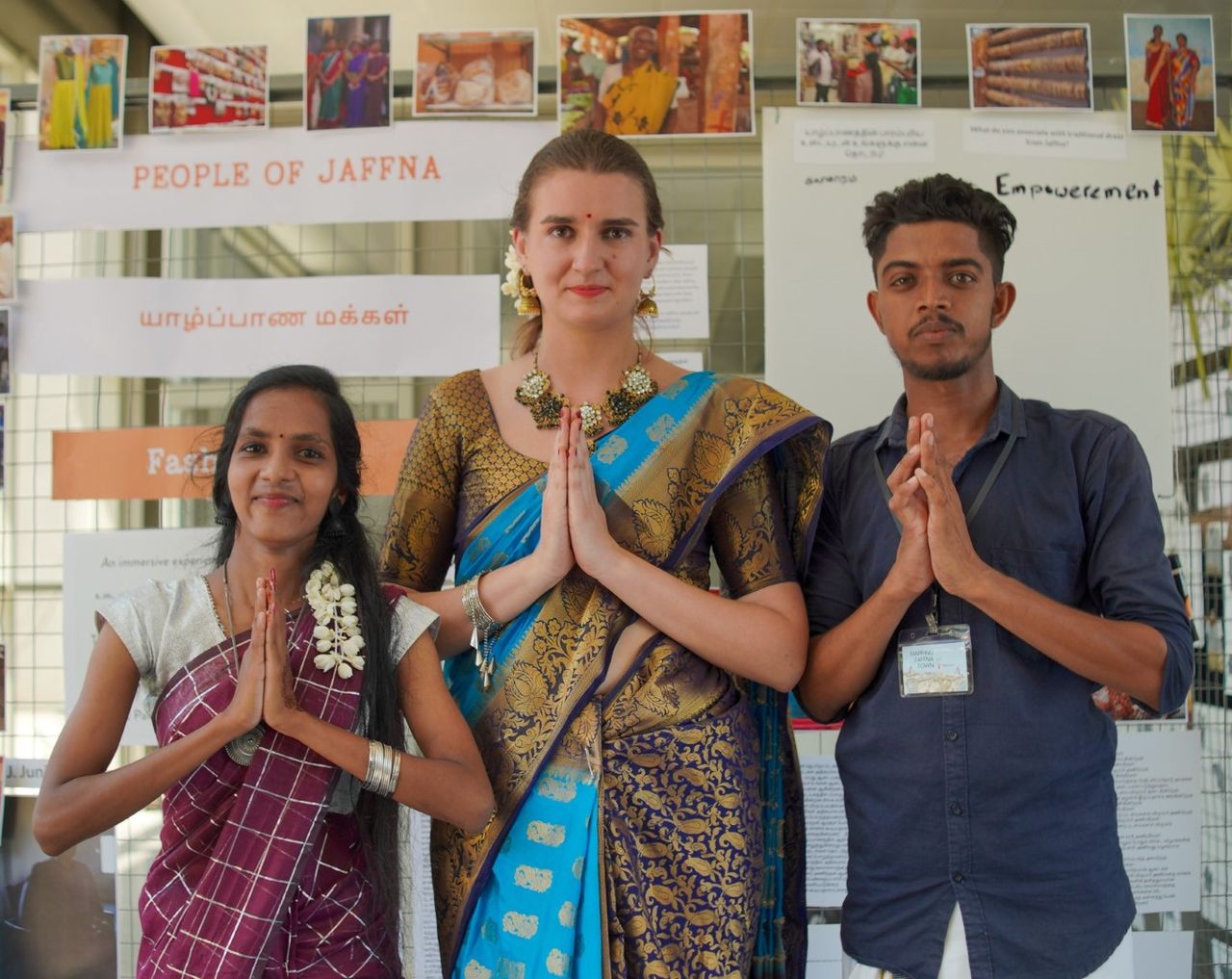

This article was written by Kisha Kirashanthani, Kanis Kanisraj and Fenna Visser at the occasion of the 2024 iDiscover Field School in Jaffna, Sri Lanka. Kisha and Kanis are students in Archeology at the University of Jaffna. Fenna is a research Master's student from the Vrije Universiteit in Amsterdam and specialises in Roman and ancient Greek language and history. Within her studies, she primarily focuses on identity. Based on this particular interest, the group decided to explore the topic of visual and bodily identity and traditional dress in Jaffna. Over the course of a week, they interviewed multiple people either working in the clothing and fabric industry or wearing sarees and vesthis out on the streets of Jaffna.
Find Fenna at linked-in.
